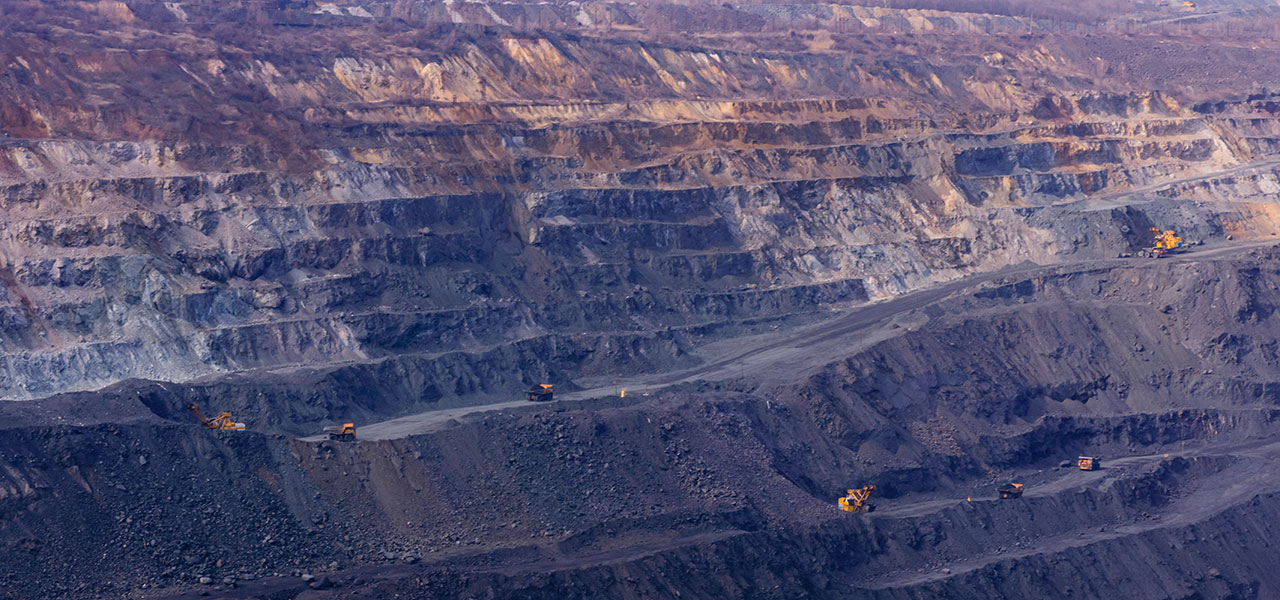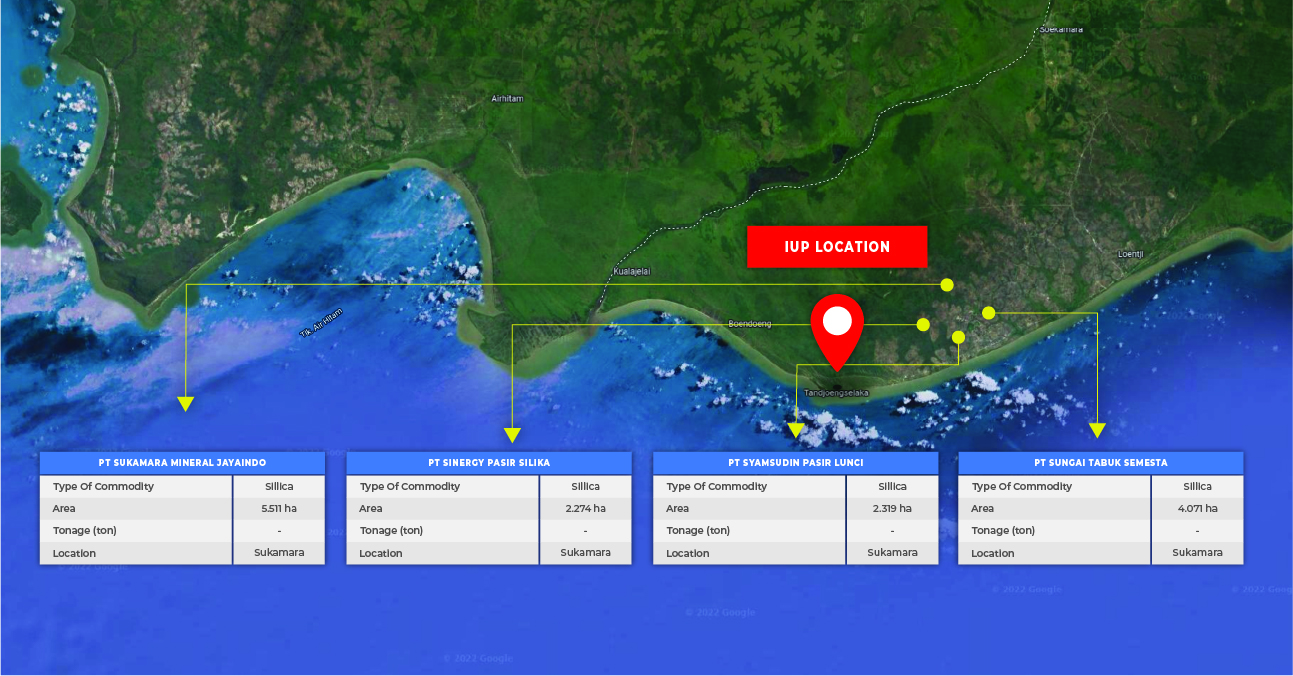SILICA MINING, TRADING & PROCESSING
Silica mining, trading, and processing involve the extraction, transport, and processing of silica, which is a mineral composed of silicon and oxygen atoms. Silica is used in a wide range of applications, including construction, glassmaking, foundry work, and electronics.
Silica is typically mined using open-pit or underground methods. Open-pit mining involves the removal of overburden and the extraction of silica using heavy equipment such as bulldozers and excavators. Underground mining involves the use of tunnels and shafts to access silica deposits.
Once silica has been mined, it is transported to processing plants or storage facilities. Transportation methods may include trucks, trains, or ships, depending on the location of the mine and the destination of the silica.
Silica is processed to remove impurities and create the desired product. Processing methods may include crushing, washing, and screening to remove impurities such as clay and sand. Silica may also be processed to create different grades of silica, such as high-purity silica for electronics applications.
After processing, silica is typically sold to customers in a range of industries. Silica may be sold as a raw material or as a finished product, depending on the needs of the customer. Silica trading may involve the sale of bulk quantities of silica or the sale of specialized products such as silica gel or fumed silica.
Environmental impact: Silica mining and processing can have a significant impact on the environment, including air and water pollution, habitat destruction, and soil erosion. To mitigate these impacts, companies may implement measures such as reclamation and remediation, water treatment, and dust suppression.
Overall, silica mining, trading, and processing play a vital role in many industries, providing the raw material needed for a wide range of applications. While the industry faces challenges related to environmental concerns and changing market conditions, it is likely to remain an important sector for many years to come.




